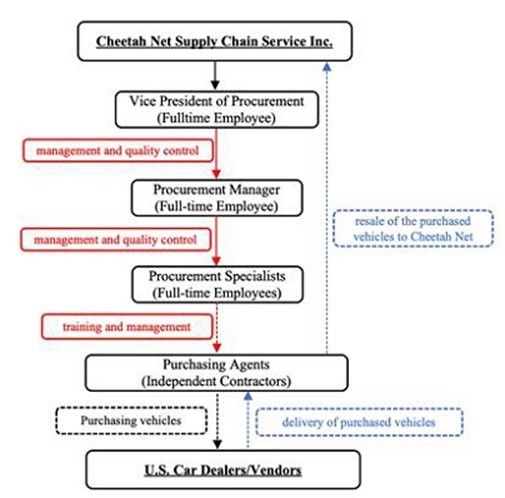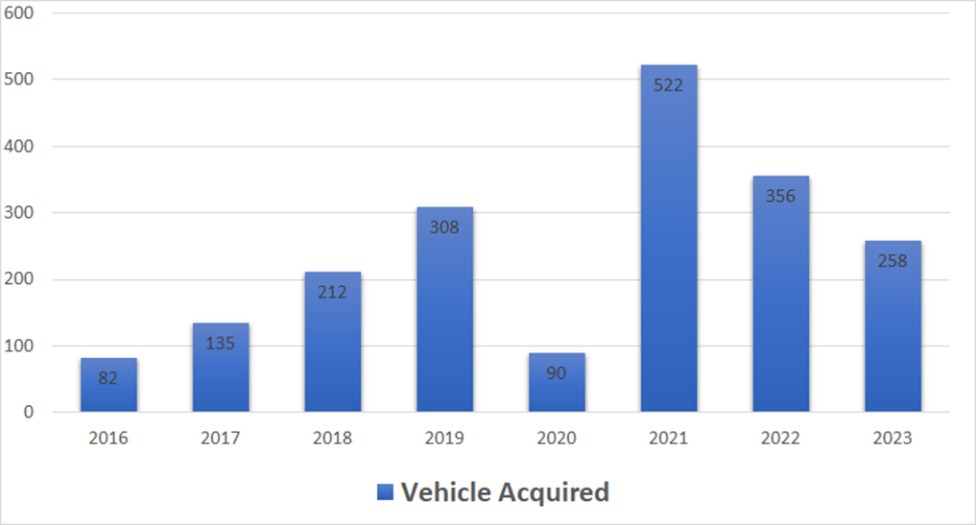As of the date of this annual report, we are not aware of any cybersecurity incidents, that have had a materially adverse effect on our operations, business, results of operations, or financial condition.
Governance
Our board of directors considers cybersecurity risk as part of its risk oversight function and has delegated to the Nominating and Corporate Governance Committee (the “Committee”) oversight of cybersecurity and other information technology risks. The Committee receives reports from management on potential cybersecurity risks and threats. Our management plays a key role in assessing and managing our material risks from cybersecurity threats, with designated positions and committees equipped with the necessary expertise. The management team supervises efforts to prevent, detect, mitigate, and remediate cybersecurity risks and incidents through various means, which may include briefings from internal security personnel and threat intelligence and other information obtained from governmental, public, or private sources.
Item 2. Properties.
Our principal executive offices are located at 6201 Fairview Road, Suite 225, Charlotte, North Carolina, where we lease office space from an independent third party, GT Real Estate USA, LLC, with an area of approximately 2,514 square feet, a lease term from December 1, 2020 to December 31, 2023 and a monthly rent of approximately $6,354. On April 28, 2023, we entered into an amendment to our current lease, extending its term to February 28, 2027, with a monthly rent of approximately $6,639. On July 25, 2023, GT Real Estate USA, LLC transferred all of its lease rights to two Delaware LLCs, WILVI 6201 SPE LLC and BILA 6201 SPE LLC. This office is used as our corporate headquarter for general business operations and administrative functions.
Allen-Boy, one of our subsidiaries, leases office space for business operations in Charlotte, North Carolina, from an independent third party, Sounder Properties Inc., with an area of approximately 225 square feet, a lease term from October 1, 2022 to September 30, 2023, and a monthly rent of $465. In September 2023, we renewed the lease with a monthly rent of $505, for a term commencing on October 1, 2023 and ending on September 30, 2024. This office is the address for our dealer license.
Pacific, one of our subsidiaries, leases an office in New York City, New York, from an independent third party, Executive Workspace LLC, with an area of approximately 1,692 square feet, a lease term from August 1, 2021 to September 30, 2023, and a monthly rent of approximately $11,174. On September 26, 2023, we amended the lease to include an additional office space of approximately 1,591 square feet and extended its term to February 29, 2024. On February 2, 2024, we further renewed the lease, extending its term to May 31, 2024. This lease currently carries a monthly rent of $9,944. This office is used to support business operations for employees based in New York.
Edward, which became one of our subsidiaries on February 2, 2024, had previously been in a collaborative partnership with us as providers for vehicle storage and logistics services throughout the year ended December 31, 2023. Following our acquisition of Edward in 2024, we assumed responsibility for a lease agreement for its warehousing facility located in Gardena, California, covering approximately 8,800 square feet. This lease agreement, now under our management, has been entered into with an independent third party, SCI Ventures, Inc. The current lease is set to expire on August 31, 2028, with a monthly rent of approximately $13,500. The leased warehousing facility enhances our logistics capabilities and operational efficiency.
We believe that the offices and warehouses we currently lease are adequate to meet our needs for the foreseeable future.
Item 3. Legal Proceedings.
We are not currently involved in any material legal proceedings. From time-to-time we are, and we anticipate that we will be, involved in legal proceedings, claims, and litigation arising in the ordinary course of our business and otherwise. The ultimate costs to resolve any such matters could have a material adverse effect on our financial statements. We could be forced to incur material expenses with respect to these legal proceedings, and in the event that there is an outcome in any that is adverse to us, our financial position and prospects could be harmed.
Item 4. Mine Safety Disclosures
Not applicable.


